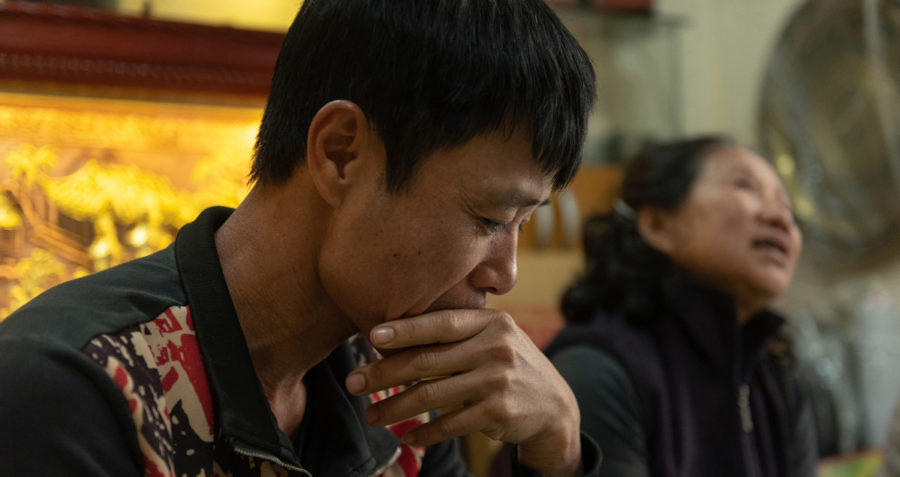Out of harm’s way: How transforming drug policies will redefine harm reduction

Years ago, when I was part of a team introducing harm reduction programming into a country where at that time it was a new concept, we described our work as reducing the negative consequences of drug use. But over the years I have come to realise that the ills which harm reduction mitigates are not the consequences of drug use, but rather of drug policies.
Today is the United Nations’ (UN) “International Day against Drug Abuse and Illicit Trafficking” and this year’s theme is “Share Facts on Drugs, Save Lives”. According to the UN, the theme “aims at combating misinformation and promotes sharing the facts on drugs”. This is interesting, because most of the member states that make up the UN have been spreading misinformation about drugs for a long time – and continue to do so.
It is a commonly held view that drug use causes health problems such as HIV and viral hepatitis, social problems such as violence and poverty, and a range of other ailments. But drugs don’t spread HIV or hepatitis. Transmission of HIV happens when people end up sharing injection equipment, while hepatitis C can also be spread sharing other consumption equipment, such as crack pipes or snorting straws. So it’s government policies, prohibiting the distribution of those commodities, that put people at risk.
Similarly, drug use doesn’t in itself cause violence or poverty; it’s the criminalisation of the drugs that creates a ‘wild west’ drug market where fear and violence rule. And when people who use drugs are demonised by state authorities and society turns against them, they lose the social support networks they may need to safely integrate their drug use into their everyday life.
Drug overdoses are currently the leading cause of death for people under fifty in the US, yet drug use in and of itself doesn’t have to cause death. Most, if not all, overdoses are caused by mixing drugs, or by using drugs that have been cut with more powerful or toxic substances. These are preventable deaths. If governments wanted, they could provide factual information about safe consumption, allow drug testing facilities and drug consumption rooms, and regulate the supply of drugs through a safe and secure process, as some countries are doing. These strategies are examples of the approach that we call harm reduction. It prevents suffering, it saves lives and it saves money.
Humans have used drugs all throughout history. And during most of that history, people who used drugs were not deemed as ill. Nor were they considered bad people. Only with the introduction of the War on Drugs by the Nixon administration in 1971 did governments and media start labelling people who use drugs as rapists and criminals. Or as sick, victims or addicts. Since then, people who use drugs have faced human rights violations including mass incarceration, the death penalty, extra judicial executions and compulsory detoxification often using methods that are akin to torture and have no evidential basis. These practices are legitimised by malicious drug policies, and used to repress and criminalise individuals and communities that are seen as undesirable, such as ethnic minorities, indigenous people and other communities already at the margin of society.
This is not to say that drug use is completely without risks. But neither is driving, for example. Globally, 1.3 million people die each year in traffic accidents. Because driving is inherently dangerous, we make it safer through “harm reduction” principles; driving licenses, road maintenance, mandatory regular car inspections and protection gear like seat belts. Likewise, drugs can be managed and regulated so that people who use them are informed and equipped to do so as safely as possible.
It’s time we let the evidence lead us. Harm reduction saves lives. Needle and syringe programmes, drug consumption rooms, opioid agonist treatment and overdose management are all proven to be effective. And the day our societies manage to have a mature relationship with drugs, maybe we won’t need to call it harm reduction anymore. It could just be part of generally accepted regulations for people who choose to use drugs, like having your car checked and wearing seatbelts.
At Frontline AIDS we work with communities and partners to challenge the many inequalities that stand in the way of ending AIDS. Today, we are calling on governments around the world to end the futile war on drugs and to embrace the reality of what harm reduction is. Together we can transform the very notion of drug use and drug policies. We can stop the shaming, the criminalising and the many unnecessary deaths. Let’s make a fundamental change in our relationship with drugs.
It’s time we all grow up.
Tags
DecriminalisationHarm reductionHIV preventionPeople who use drugs

